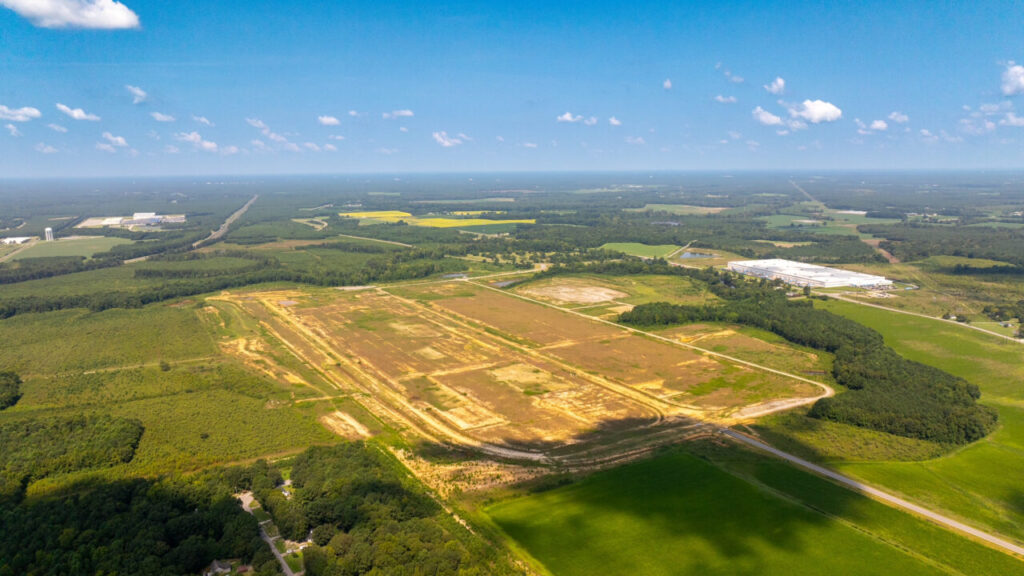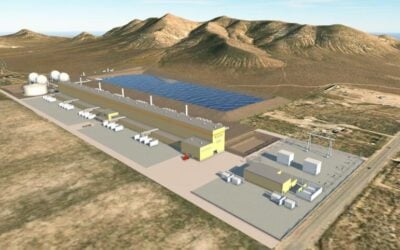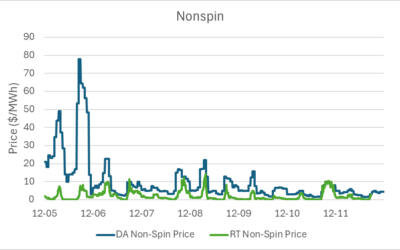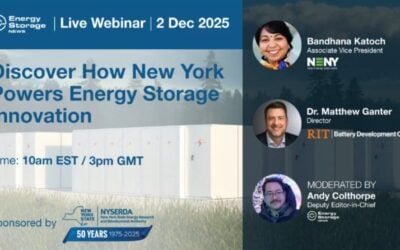
US firm Natron Energy has announced plans for a sodium-ion gigafactory in North Carolina, while two Chinese firms have firmed up their projects, all-in-all totalling over 30GWh of annual sodium-ion production capacity.
The technology is likely to be the next to commercialise at-scale in the electric vehicle (EV) and energy storage system (ESS) markets, which are currently dominated by lithium-ion, thanks to abundant raw materials and its ability to ‘drop in’ to lithium-ion production lines.
California-headquartered Natron Energy will build a sodium-ion gigafactory facility in Edgecombe County, North Carolina, with an eventual production capacity of 24GWh, it said yesterday (15 August).
The company didn’t give any firm timelines for commercial operation or ramp-up of the facility, only saying it is a 12-year project. The US$1.4 billion investment will be its second major production facility after a the launch of commercial operations earlier this year at a 600MWh factory in Michigan.
Try Premium for just $1
- Full premium access for the first month at only $1
- Converts to an annual rate after 30 days unless cancelled
- Cancel anytime during the trial period
Premium Benefits
- Expert industry analysis and interviews
- Digital access to PV Tech Power journal
- Exclusive event discounts
Or get the full Premium subscription right away
Or continue reading this article for free
Its capacity will primarily go to the ESS market, with Natron saying it will meet demand for “critical power, industrial and grid energy storage solutions”.
The North Carolina facility is supported by a Job Development Investment Grant (JDIG), approved by the state’s Economic Investment Committee earlier today, and the project will also apply for a US$30 million grant from the North Carolina Megasite Readiness Program.
Furthermore, Natron Energy should be able to benefit from 45x tax credits for US domestic battery production under the Inflation Reduction Act (IRA), which pay out US$35 per kWh of battery cell capacity produced and another US$10 per kWh of modules. The firm said its product is the only UL-certified sodium-ion battery in the market today.
Proponents say that sodium-ion technology promises low cost, long lifespan, high safety, and high energy density although critics say it still faces many challenges in scaling up cost-effectively.
China: sodium-ion plans much further ahead
China, meanwhile, is much further ahead in its push towards production of the battery technology, with much nearer-term projects progressed by two companies recently.
Zhejiang Hu Na Energy recently officially registered and coded its operational annual production of 4GWh of sodium-ion battery cells and modules, along with 1.5GWh of lithium-ion battery modules, at its facility in Nanhu, Jiaxing, Zhejiang Province.
The overall facility is planned to reach 20GWh of sodium-ion production capacity, the company said when launching the project in November last year. The investment in the first 4GWh phase totalled CNY1.125 billion (US$157 million), around three quarters of which was accounted for by equipment costs.
A bulletin detailing the first phase ramp-up was published as a bulletin on the District Natural Resources Planning Bureau website.
In concurrent news, a company called Harbin Bona New Energy is to start building a 2GWh sodium-ion battery production facility at the end of this month, according to Shanghai Metals Market (SMM). The project is in the city of Harbin, Heilongjiang Province.
The facility will produce square sodium-ion cells as well as related energy storage system integration.





